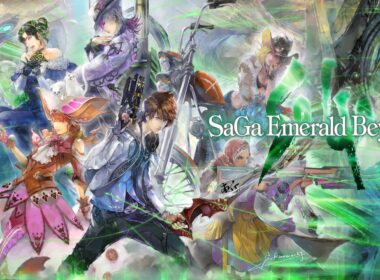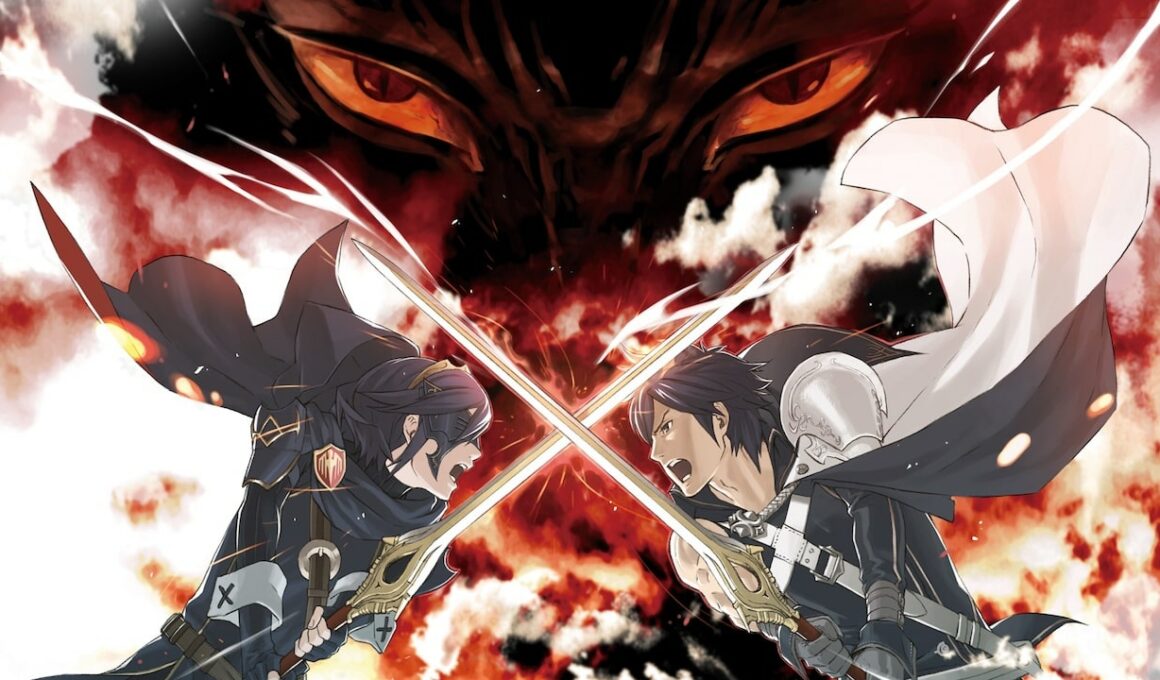Having last made an appearance on Wii, Nintendo’s iconic Fire Emblem series makes a triumphant return on Nintendo 3DS. With Intelligent Systems once again at the helm, Fire Emblem Awakening amounts to a spell-binding experience that strategy fans will savour. But what makes it stand out from the crowd?
It’s the narrative in Fire Emblem Awakening that initially sucks you in and never fails to maintain its grasp. Dark, ominous and largely compelling, you’ll soon sympathise with the kingdom of Ylisse’s plight, with the plot largely echoing the sombre tone seen within Advance Wars: Days of Ruin.
Wary that the neighbouring Plegia is acting peculiarly, Ylisse struggles to retain the peace that it has always striven to achieve. Its prince, Chrom, leads the Shepherds, a band of soldiers that are used to scout such threats, yet with the arrival of an unholy force dubbed the Risen, the already turbulent era looks set to worsen.
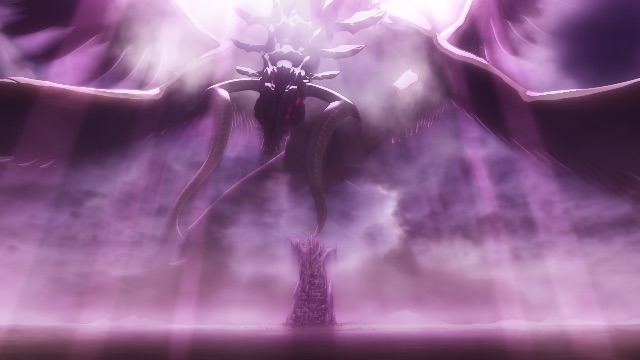
You’ll first enter Avatar creation, crafting a customisable character that plays an integral role in the game’s storyline, and who also fights alongside Chrom’s Shepherds.
After witnessing dire events in the future, you awaken to find your own character suffering from amnesia. Having pleaded ignorance of your own identity, Chrom believes your innocence and asks that you join his motley crew, to which you naturally agree.
From here the game opens up for you to approach however you wish, within reason. A world map with multiple locations welcomes you, readily supplied with story missions, enemy skirmishes and merchants as you progress through the game.
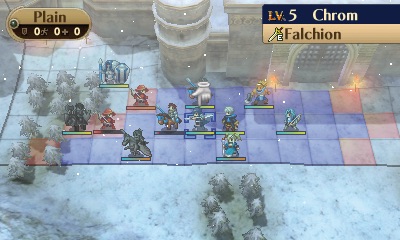
Battles themselves remain a grid-based affair, players manoeuvring troops as they seek to outwit the CPU’s forces. Unit placement becomes key, characters able to grant combat bonuses to allied units beside them to help gain an upper hand in combat, whilst terrain can also be used to your advantage.
Differing difficulty levels invite varying challenges, although it is the choice between Classic and Newcomer that diversifies the experience. Classic introduces the series’ renowned permanent death feature, with characters being removed from your party once they fall in battle, whilst Newcomer sees them revived post-combat.
Prior to battle, you’ll kit out your chosen team with weapons and items amassed in your inventory. Health potions that restore HP mean less work for your Clerics to do, especially later in the game, yet it is the assortment of weapons that open up deeper strategies to combat.
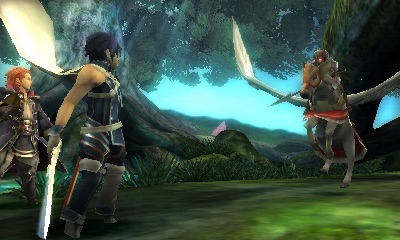
With characters capable of being armed with multiple weapons, each has their own unique properties – swords that allow multiple strikes, spears effective against certain enemy types, or longbows that attack over greater distances. You’ll soon switch between those equipped as you gallop into combat, seeing the differences in damage that you can cause to the approaching enemy to dispatch them with swift satisfaction.
Each weapon type also has its own strengths and weaknesses, with Swords beating Axes which best Lances that are effective against Swords. Bows also prove lethal to flying enemies, whereas individual weapons can be effective against certain enemies, as mentioned before.
It is the collection of Master or Second Seals, either through travelling merchants or battle, that proves particularly vital. Once a character reaches level 10, this grants the player the opportunity to either change their base class, or see it promoted to an advanced, and ultimately more destructive, level.
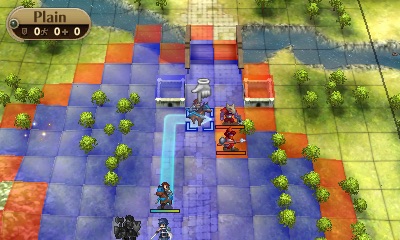
The Tactician is elevated to Grandmaster, Myrmidon becomes the formidable Swordmaster, Clerics become Sages, and Archers can become a proficient Sniper. You get the idea, and whilst there are broader options than these there are also limitations in the sense that certain units must either change their base class or can’t progress at all.
Yet the depth of customisation available to you remains breathtakingly tantalising, the player able to truly craft and nurture their expansive army to suit whichever play style they prefer.
Between missions, you can visit your Barracks, at which you can listen in to party characters’ conversations or monologue mumblings. Whilst serving to add personality to your increasingly vast battalion, the benefit here is that it can boost relationships, see them stumble upon useful weaponry or items, and even gain additional experience.
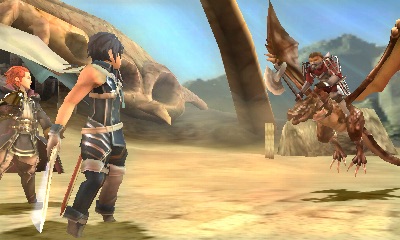
The Roster provides background biographies for your expansive list of heroes, whereas the Support menu allows you to periodically strike up often a humorous conversation between pre-determined characters, elevating their relationship rank.
This is important, as during battle units may also pair up with each other to grant the leader with a statistical boost – the stronger the relationship, the more substantial this being.
StreetPass support sees any 3DS owner’s customised Avatar and chosen team appear on your world map, with whom you may then parley with when you wish. Once you do, you can either recruit their avatar to your team, fight them within a skirmish, or purchase any available items. It’s a neat and well-considered implementation, elongating your playtime.
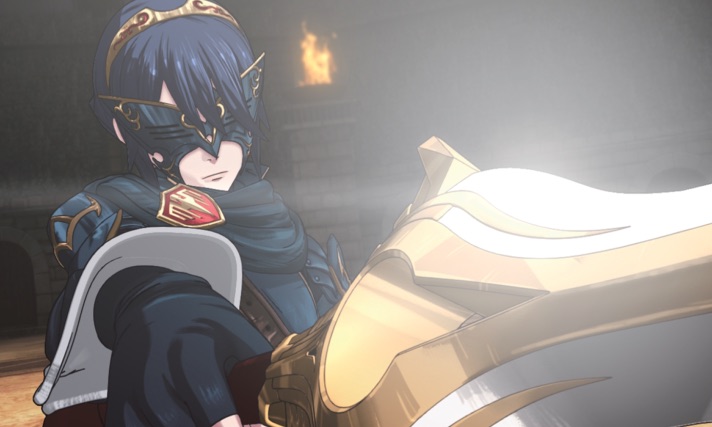
Similarly, downloadable content on the horizon also seems promising, seeing the introduction of new maps and playable characters plucked from previously released Fire Emblem games.
Fire Emblem Awakening is a rare specimen of a game, the perfect embodiment of strategic perfection. An enthralling, rich gameplay experience that we don’t see so often these days, it joins the illustrious ranks of the greatest on Nintendo 3DS.
Version Tested: Nintendo 3DS
Review copy provided by Nintendo



